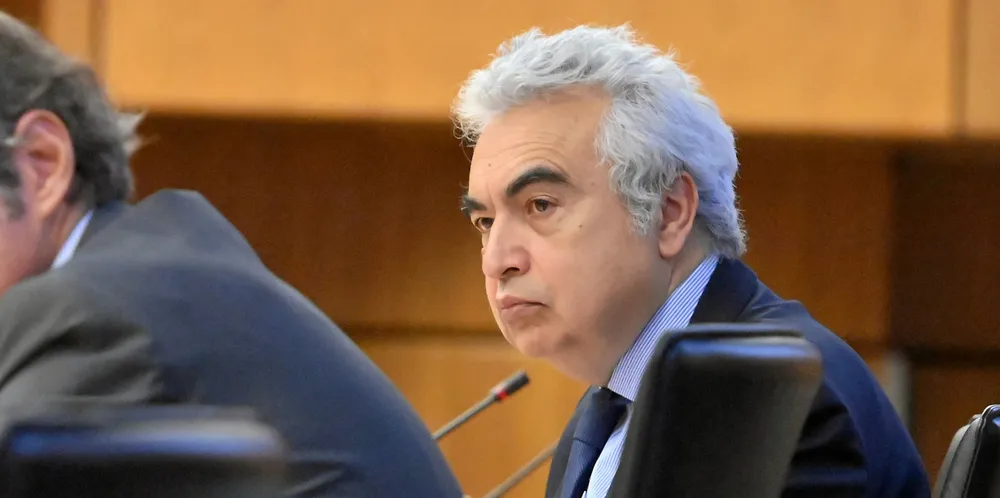Middle East conflict fuels fresh energy security concerns, warns IEA
War between Israel and Hamas has potential to deliver another shock to global oil markets, as well as causing tension at upcoming COP28 in UAE

War between Israel and Hamas has potential to deliver another shock to global oil markets, as well as causing tension at upcoming COP28 in UAE
